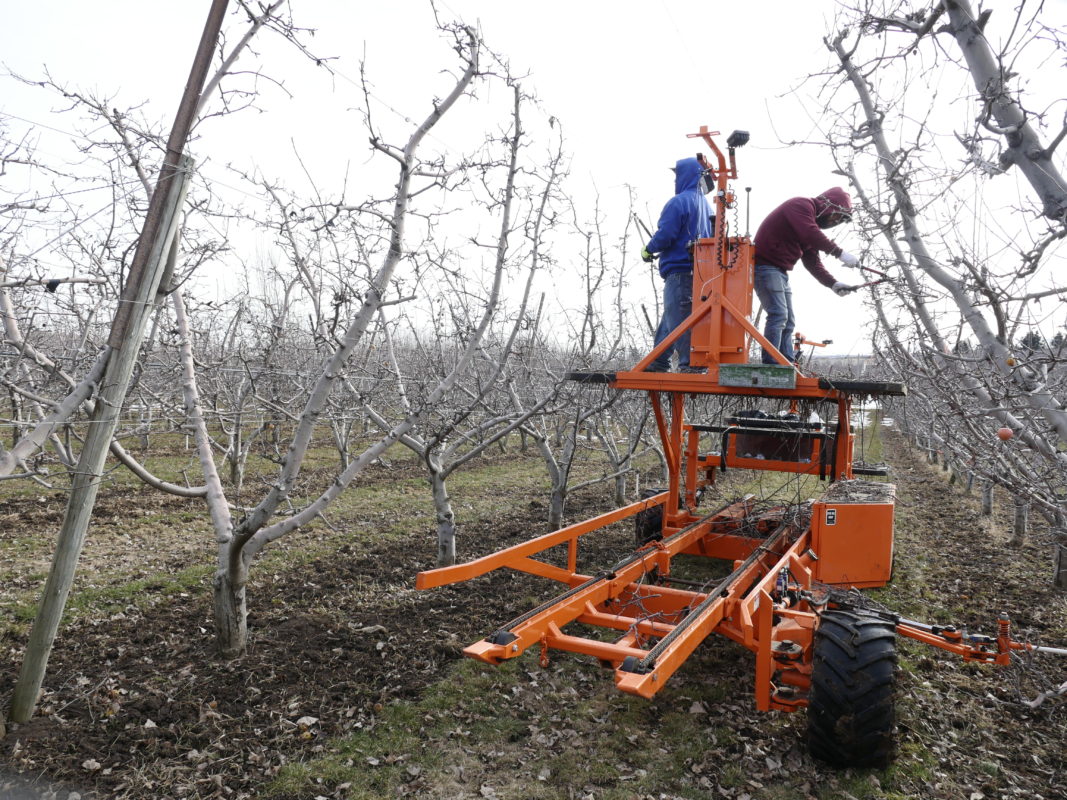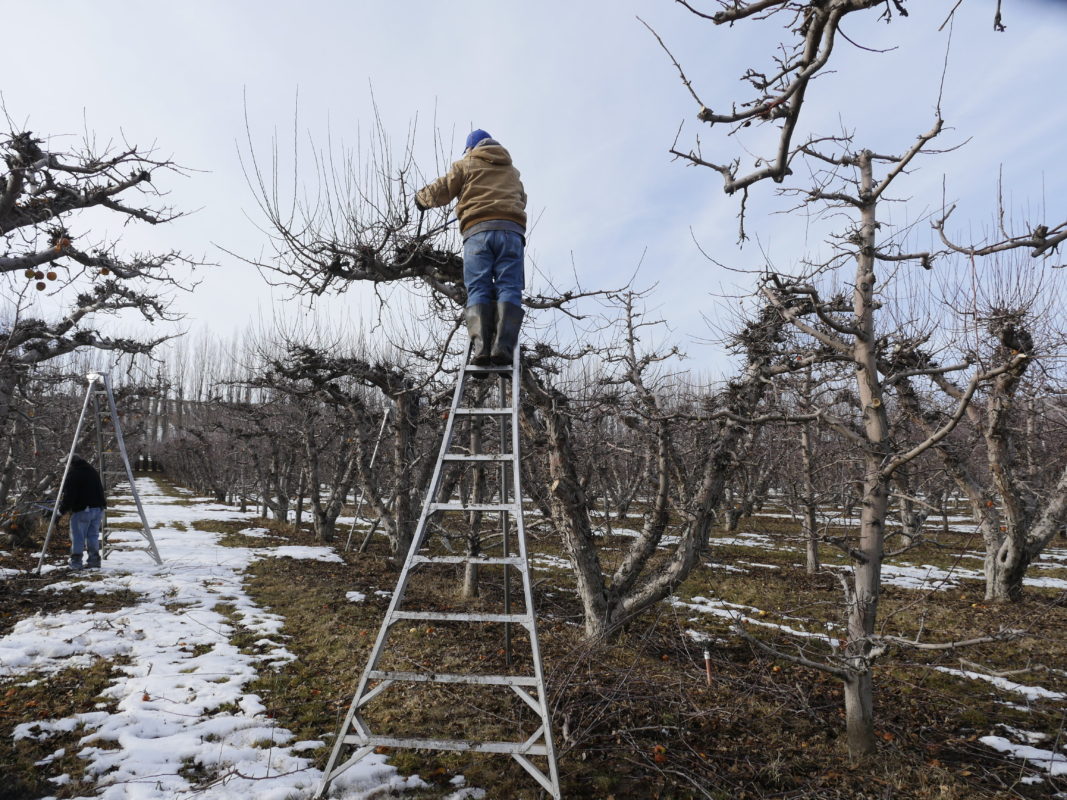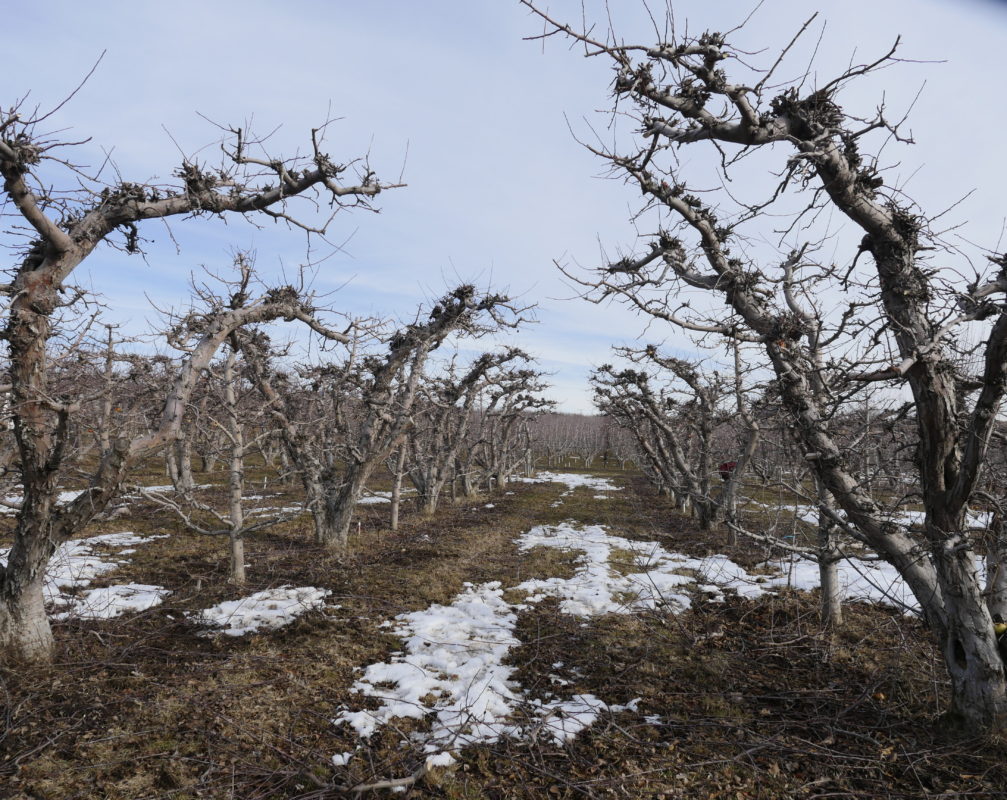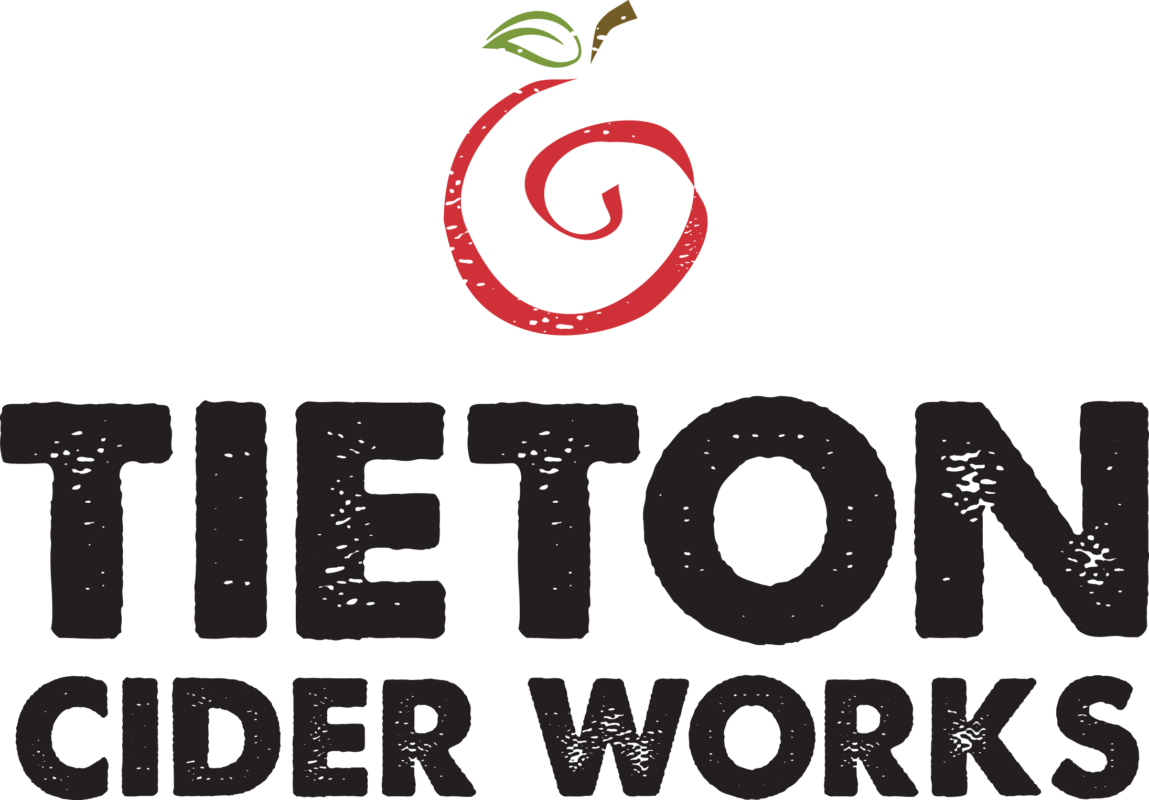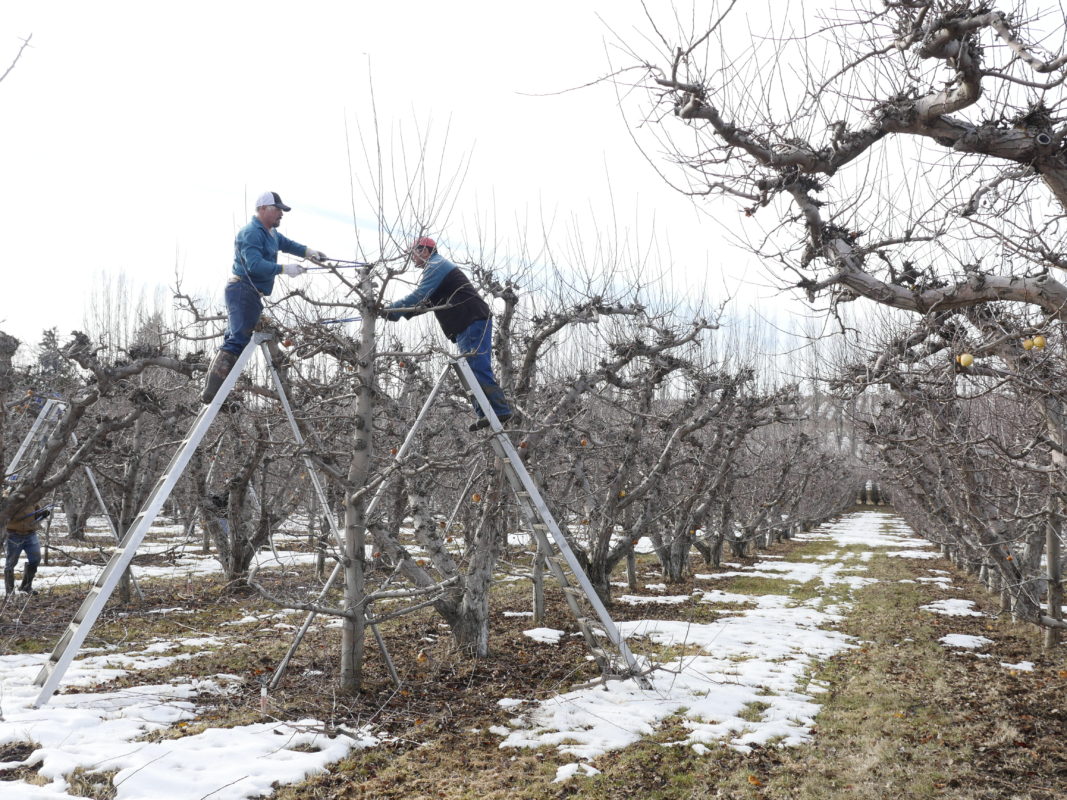Winter-time in the orchard has a very special meaning to us- renewal of life. Trees are fully in their deep winter slumber and the leaves of last fall have disappeared under a blanket of pristine snowfall. Although the trees take a long and deserved sleep, the work for us never ends. This time of the year we move from tree to tree with loppers in hand, helping the trees by selecting the new and healthy growth for the next season.
Pruning involves removing all diseased wood, broken branches and many suckers on trees. Suckers are unproductive shoots that resemble healthy branches but grown upright, producing very little fruiting wood. The difference between before and after suckers are removed is quite the makeover.
In general, pruning is for optimal tree health but there are a few very important reasons why pruning is done. Depending on the variety, fruit trees do not produce until the second or third year of growth, so during the first two to three years, pruning is done to get the ideal height of the tree and a solid base or frame for fruit to grow on. To maximize growth, pruning controls how much sunlight the trees will get by preventing excessive branches from shading. Once the trees have grown enough to produce, we carefully select for fruiting-wood for the current year and succeeding seasons. This takes careful understanding of canopy management, growth habits, fruiting regimes for each apple variety we grow.
Depending on the different varieties and sizes of the trees, we have many different ways of reaching all branches, including moving platforms and ladders. Pruning season is a months-long endeavor, but the hard work pays off as we see the orchards burst into blooms as spring will wake the trees.
